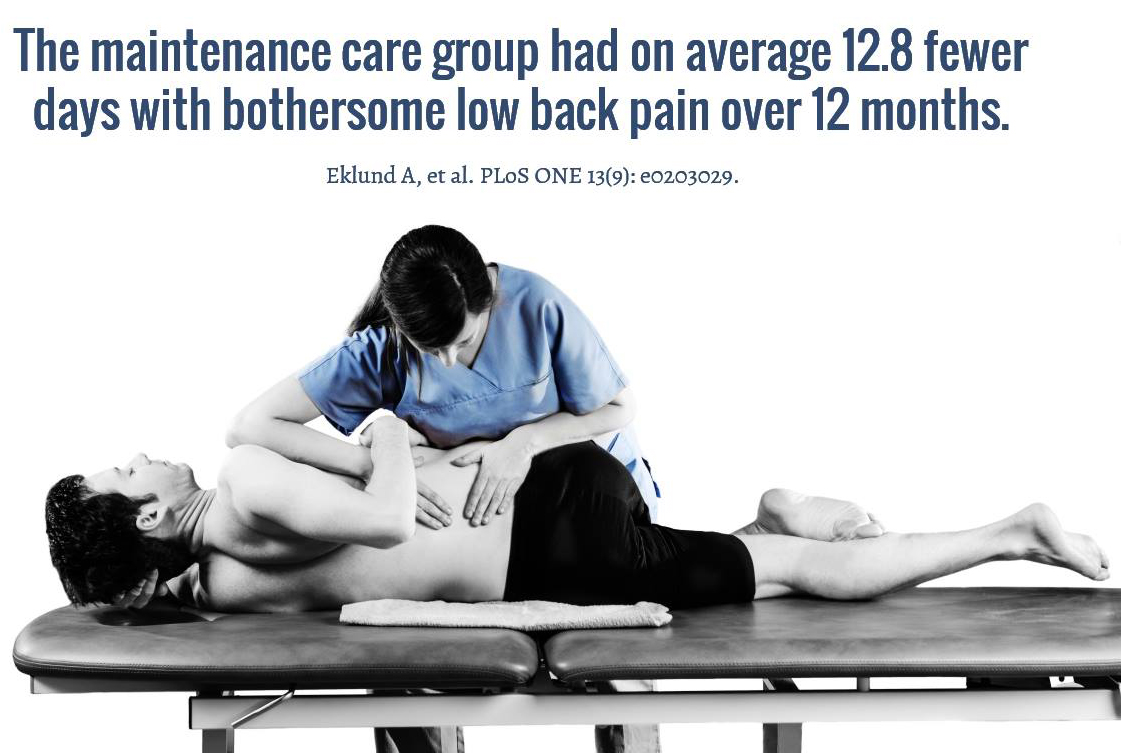Clinical Indicators for Recommending Continued Care to Patients with Neck Pain in Chiropractic Practice: A Cohort Study
Clinical Indicators for Recommending Continued Care to Patients with Neck Pain in Chiropractic Practice: A Cohort Study
SOURCE: Chiropractic & Manual Therapies 2023 (Aug 31); 31: 33
| OPEN ACCESS |
Birgitte Lawaetz Myhrvold • Nina K Vøllestad • Pernille Irgens • Hilde Stendal Robinson • Iben Axén
Department of Interdisciplinary Health Sciences,
Institute of Health and Society,
University of Oslo, P.O. Box 1089,
0317, Blindern, Oslo, Norway.
Background: Chiropractors’ clinical indicators for recommending preventive continued care to patients with low back pain include previous pain episodes, a history of long pain duration and improvement after initial treatment. Our objectives were, in a cohort of patients with neck pain, to examine whether these clinical indicators were associated with being recommended continued care beyond 4 weeks, and if so whether this recommendation was dependent of chiropractor characteristics, as well as if the number of clinical indicators influenced this recommendation.
Methods: In this multi-center observational study, 172 patients seeking care for a new episode of neck pain in chiropractic practice in Norway were included between September 2015 and May 2016. The chiropractors treated their patients as per usual, and for this study, baseline data and 4-week follow-up data were used.
Patient data included the clinical indicators
(1) previous episodes of neck pain,
(2) a history of long duration neck pain and
(3) improvement four weeks after initial treatment.
There is more like this @
MAINTENANCE CARE Section and the



